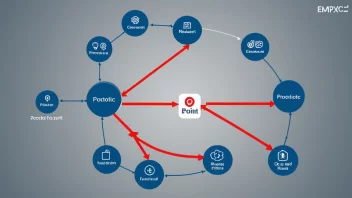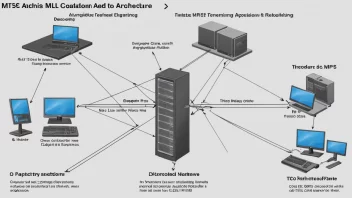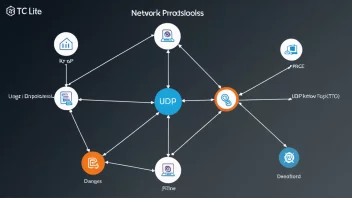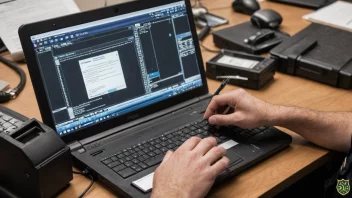Introduction
The Internet of Things (IoT) has transformed the landscape of technology, connecting devices and enabling seamless communication between them. However, developing software for IoT comes with unique challenges that require specific strategies and best practices. Below is a list of the top 10 best practices that can enhance the effectiveness and efficiency of software development in the IoT domain.
1. Define Clear Use Cases
Understanding the purpose of your IoT solution is crucial. Clearly defining use cases can guide the development process and ensure that the end product meets user needs.
- Identify target users to tailor the functionality accordingly.
- Focus on real-world problems that your IoT application will solve.
2. Prioritize Security
Security is a paramount concern in IoT development. Implementing robust security measures from the outset can prevent vulnerabilities and data breaches.
- Utilize encryption for data transmission.
- Regularly update software to patch known vulnerabilities.
3. Optimize for Scalability
As the number of connected devices grows, your IoT solution should be capable of scaling efficiently. Design your architecture to accommodate future growth.
- Use cloud services to handle increased data loads.
- Implement microservices for modular development.
4. Ensure Interoperability
IoT devices often come from various manufacturers. Ensuring interoperability allows devices to communicate and work together seamlessly.
- Adopt standard protocols like MQTT or CoAP.
- Utilize APIs for device communication.
5. Implement Data Management Strategies
Data is central to IoT applications. Developing effective data management strategies can enhance performance and usability.
- Utilize edge computing to process data closer to the source.
- Implement data filtering to reduce bandwidth usage.
6. Focus on User Experience
The user interface (UI) plays a significant role in the success of IoT applications. Investing in a great user experience can lead to higher user satisfaction.
- Conduct user research to understand user needs.
- Design intuitive interfaces that simplify interaction.
7. Test Thoroughly
Testing is vital to ensure reliability. Conducting thorough testing at each development stage can identify issues early.
- Use automated testing tools for efficiency.
- Perform real-world testing in various environments.
8. Monitor Performance Continuously
Once deployed, continuous monitoring of IoT devices is essential. Implementing monitoring tools can help maintain optimal performance.
- Track device health to prevent failures.
- Analyze data usage to optimize resource allocation.
9. Foster Collaboration
Collaboration among team members can enhance innovation. Encouraging teamwork can lead to better problem-solving.
- Utilize collaboration tools to enhance communication.
- Encourage knowledge sharing among team members.
10. Stay Updated with Industry Trends
The IoT landscape is rapidly evolving. Staying updated with the latest trends can provide a competitive edge.
- Follow industry publications and blogs.
- Attend conferences to network and learn from experts.
Conclusion
In summary, software development for IoT presents unique challenges, but by following these best practices, developers can create effective and secure IoT applications. Focusing on clear use cases, security, scalability, interoperability, and continuous monitoring are crucial to achieving success in this rapidly growing field.






